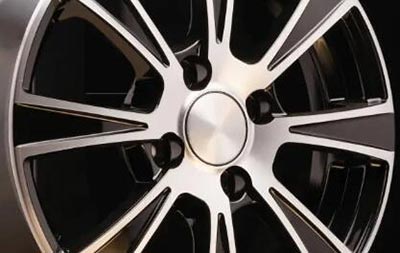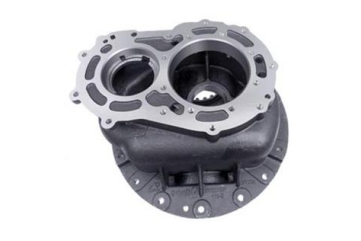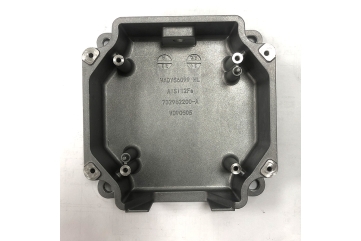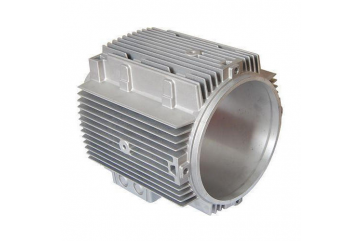Why is cast aluminum so expensive?
Cast aluminum can be expensive for several reasons:
1. Raw material costs:
Aluminum itself is not a cheap metal, and its price fluctuates based on global market conditions.
2. Energy-intensive process:
Casting aluminum requires high temperatures, which means significant energy consumption and associated costs.
3. Equipment and tooling:
The machinery and molds used in aluminum casting are specialized and expensive to produce and maintain.
4. Skilled labor:
The casting process requires skilled workers, which increases labor costs.
5. Complexity of parts:
Many cast aluminum parts are intricate, requiring precise molds and careful handling, which adds to the cost.

6. Quality control:
Ensuring high-quality castings requires thorough inspection and testing processes.
7. Low production volumes:
For custom or specialized parts, the setup costs are spread over fewer items, increasing per-unit cost.
8. Finishing processes:
Many cast aluminum parts require additional treatments like heat treating, machining, or surface finishing.
9. Waste and recycling:
The casting process produces some waste material that needs to be properly handled and recycled.
10. Research and development:
Ongoing improvements in alloys and casting techniques require investment in R&D.
While cast aluminum can be expensive, it often provides benefits like lighter weight, corrosion resistance, and the ability to create complex shapes that can justify the cost in many applications. The price can also vary significantly based on the specific project requirements and production volume.




